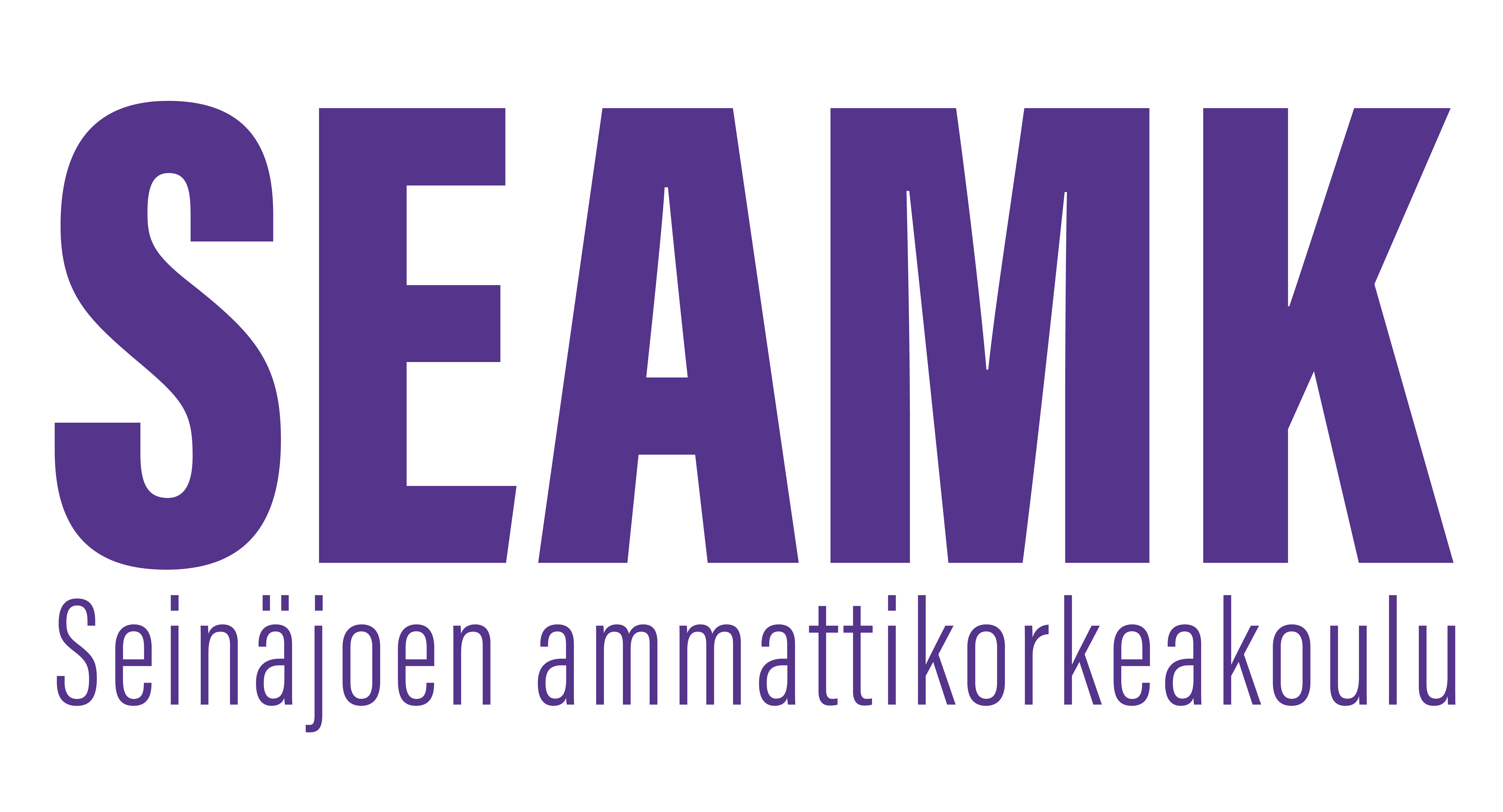Kirjastotalous (3op)
Toteutuksen tunnus: 4A00CW06-3002
Toteutuksen perustiedot
- Ilmoittautumisaika
- 11.11.2024 - 15.01.2025
- Ilmoittautuminen toteutukselle on päättynyt.
- Ajoitus
- 03.03.2025 - 03.06.2025
- Toteutus on päättynyt.
- Opintopistemäärä
- 3 op
- Lähiosuus
- 0 op
- Virtuaaliosuus
- 3 op
- Toteutustapa
- Etäopetus
- Yksikkö
- SeAMK Kirjasto- ja tietopalvelu
- Toimipiste
- SeAMK Seinäjoki, Frami
- Opetuskielet
- suomi
- Koulutus
- Tradenomi (AMK), Kirjasto- ja tietopalveluala
- Opettajat
- Satu Salmela
- Ryhmät
-
KITI22Tradenomi (AMK), Kirjasto- ja tietopalveluala
- Opintojakso
- 4A00CW06
Arviointiasteikko
1-5
Sisällön jaksotus
Opintojakso alkaa helmikuun puolivälissä ja päättyy toukokuun lopussa.
Tavoitteet
Opiskelija osaa
- tunnistaa, miten kirjastonpalvelut rahoitetaan ja kuka kirjastopalveluista päättää
- esitellä julkisen hallinnon talouden vuosisuunnittelun perusteet
- analysoida kuntaorganisaation taloudellista tilaa
- selostaa kirjastotoimen talousarvion rakenteen ja sen laadinnan perusteet osana julkistaloutta
Sisältö
- kirjastopalvelujen hallinto ja rahoitus
-julkisen talouden erityispiirteet
- talouden suunnittelu ja seuranta sekä tilinpäätöksen tulkinta
- kirjaston talousarvio ja sen laadinnan perusteet
-julkiset hankinnat
Oppimateriaalit
Keskeisimmät aineistot:
Huikko, K., Korento, S., Korhonen, M., Lehtonen, S., Lindberg, E., Mehtonen, M., . . . Ylitalo, M. (2021). Kuntatalous: Monen muuttujan summa (5. uudistettu painos.). Suomen Kuntaliitto.
Korento, S., & Ylitalo, M. (2022). Kunnan ja kuntayhtymän talousarvio ja -suunnitelma (5. uudistettu painos.). Suomen Kuntaliitto. https://www.kuntaliitto.fi/julkaisut/2022/2165-kunnan-ja-kuntayhtyman-talousarvio-ja-suunnitelma
Muu materiaali ilmoitetaan opintojaksolla.
Opetusmenetelmät
Verkko-opetus (aika/paikka riippumatonta).
Asiantuntijavieraat.
Itsenäinen työskentely, tentiin valmistavat harjoitustehtävät sekä tentti.
Harjoittelu- ja työelämäyhteistyö
Jakson aikana työelämän asiantuntijavieraita. Työelämän case-esimerkkejä.
Tenttien ajankohdat ja uusintamahdollisuudet
Opintojakson tentti kevätlukukauden lopussa Examin kautta. Toinen tenttiperiodi kesällä ja kolman syksyllä. Tentin voi suorittaa myös tenttivierailuna vierailu toisen korkeakoulun EXAM-tenttitilassa, mikäli organisaatiolla on sopimus tästä SeAMKin kanssa.
Opiskelijan ajankäyttö ja kuormitus
Opintojakson kokonaiskuormitus noin 81 tuntia. Tästä noin 6-8 tuntia asiantuntijavieraita sekä noin 20 tuntia oppituntityökalulla toteutettuja yhteisiä kurssiosia. Loput opiskelijat itsenäistä työtä opintojakson tehtävien ja tenttiin valmistautumisen parissa.
Arviointikriteerit, tyydyttävä (1)
- opiskelija on osallistunut riittävästi lähiopiskeluun ja tehnyt vaadittavat osasuoritukset
-opiskelija tunnistaa kirjaston roolin osana kuntaorganisaatiota hallinnollisesti ja rahoituksellisesti
-opiskelija ymmärtää julkisen talouden ja sen rahoituksen erityispiirteiden perusteet
- opiskelija osaa selostaa perusteet talouden suunnittelusta ja talousarvioin laadinnasta
Arviointikriteerit, hyvä (3)
- opiskelija on osallistunut lähiopiskeluun ja muihin osasuorituksiin aktiivisesti
-opiskelija ymmärtää kirjaston roolin osana kuntaorganisaatiota hallinnollisesti ja rahoituksellisesti
- opiskelija ymmärtää ja osaa selittää julkisen talouden ja sen rahoituksen erityispiirteet
- opiskelija osaa selostaa julkisen talouden suunnittelun ja kirjaston talousarvion laadinnan periaatteita vuositasolla
Arviointikriteerit, kiitettävä (5)
- opiskelija on osallistunut lähiopiskeluun ja muihin osasuorituksiin aktiivisesti ja vastuullisesti
-opiskelija ymmärtää kirjaston roolin osana kuntaorganisaatiota hallinnollisesti ja rahoituksellisesti ja tuntee omat vaikutusmahdollisuutensa
- opiskelija osaa määritellä ja selittää julkisen talouden ja sen rahoituksen erityispiirteitä
- opiskelija osaa soveltaa julkisen talouden suunnittelun ja kirjaston talousarvion laadinnan periaatteita vuositasolla
Lisätiedot
Opintojaksoa voi suorittaa pääosin verkko-opiskeluna omassa tahdissa verkko-opiskeluna. Pääsääntöisesti kokoonnu yhteisiin verkkotapaamisiin. Poikkeuksena edellisestä kurssin asiantuntijavieraat, joiden verkkopuheenvuorojen ajat ilmoitetaan kurssilla erikseen.
